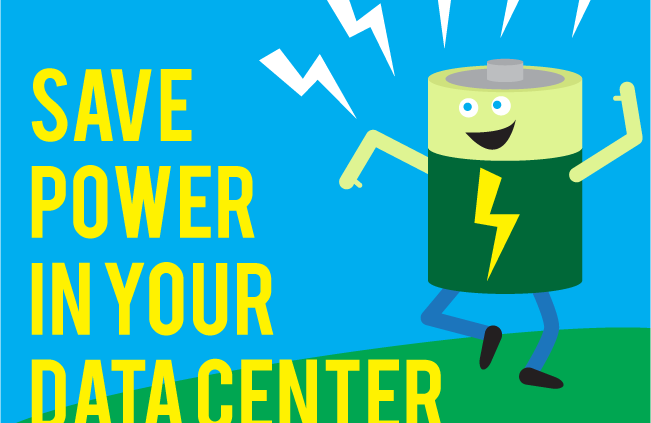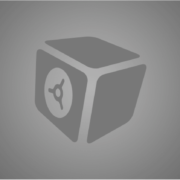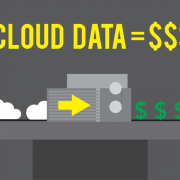While establishing small or large data centers, operating cost related to power consumption cannot be overlooked. In order to improve power efficiency, some suggest building data centers near hydroelectric plant. However, data centers come in various sizes, and therefore, building data centers near a hydroelectric plant is not the only option. There are better options to follow some tips and save power. It is impossible to control different variables, such as efficiency of cooling system or room size. If you have a roomful of servers in working conditions, here are a few ways for saving power in data centers:
Installation of Power Saving Servers
In data centers, rack servers use maximum energy. Most of these servers operate at just 20% capacity at any given time. However, these servers consume full power round the clock. If you are replacing existing servers or have decided to buy new ones, it is good to search for variable speed fans. As compared to constant speed fans, variable speed fans scale up or down based on load peaks. You can also pick certified power saving servers, which are about 30 percent more effective than typical servers.
Mechanical drives use more energy, therefore, Solid State Drives (SSDs) are selected to achieve power efficient system. SSDs do not generate much heat, and as a result, variable speed fans work at slower RPM. Mechanical drives will remain in data center until and unless SSDs become capable to store multi TB of data. Same is the case in RAID arrays, where mechanical drives are leading the system. Many IT managers use mechanical drives by disabling features related to power management. When servers are set in sleep or idle mode, it might cause performance issues.
Another effective tip for power saving is the installation of power supplies for each rack, as opposed to each server. Even older power supplies can give 60 to 70 percent efficiency rating. On the other hand, advanced and contemporary power supplies can give about 95 percent power efficiency. Though these power supplies are expensive, they can help in reducing cooling costs and power consumption for longer time period.
Storage Size
Consumption of power is directly proportional to the number of devices in the data center. If you do not need to use saved data on frequent basis, SAN and NAS are the options applicable for storage devices. You may consider servers that are less utilized for data storage; however, additional cooling requirement and CPU resources consume more energy than SAN and NAS.
Virtualization
To improve server utilization, self-regulating operating systems are used. Though operating cost is incurred in virtualized environment, it is negligible when compared to the power efficiency. Virtualization is responsible to free rack space, low cooling cost, and minimizes the number of cables by simplifying the networking requirements.
Cable Management
Overcrowding of cables causes hindrance in distribution of air across data center. If cables are managed properly, it helps in running servers at desired efficiency level. In the absence of appropriate airflow and ventilation, fans are required to work harder. Remove unnecessary cables for proper distribution of air in each rack and server and try to build a customized cable trench to hold your cables.








Leave a Reply
Want to join the discussion?Feel free to contribute!